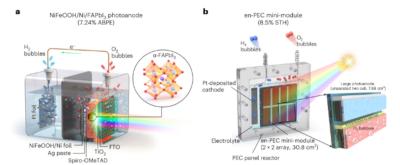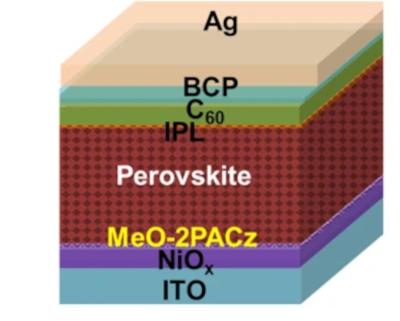Researchers use zinc additives for efficient perovskite solar minimodules
Researchers at the University of North Carolina at Chapel Hill and CubicPV have developed mini solar modules based on perovskite cells treated with zinc trifluoromethane sulfonate [Zn(OOSCF3)2]. The scientists found that using a small amount of this zinc salt in the perovskite solution can address the issue of interstitial iodides, which are the most critical type of defects in perovskite solar cells that limits efficiency and stability. The zinc salt helps control the iodide defects in resultant perovskites ink and films.
The scientists explained that this is a low-cost material that is used as an additive at a very small percentage in perovskite inks and that its use makes perovskite module fabrication more reproducible, which helps to also make it cheaper.





